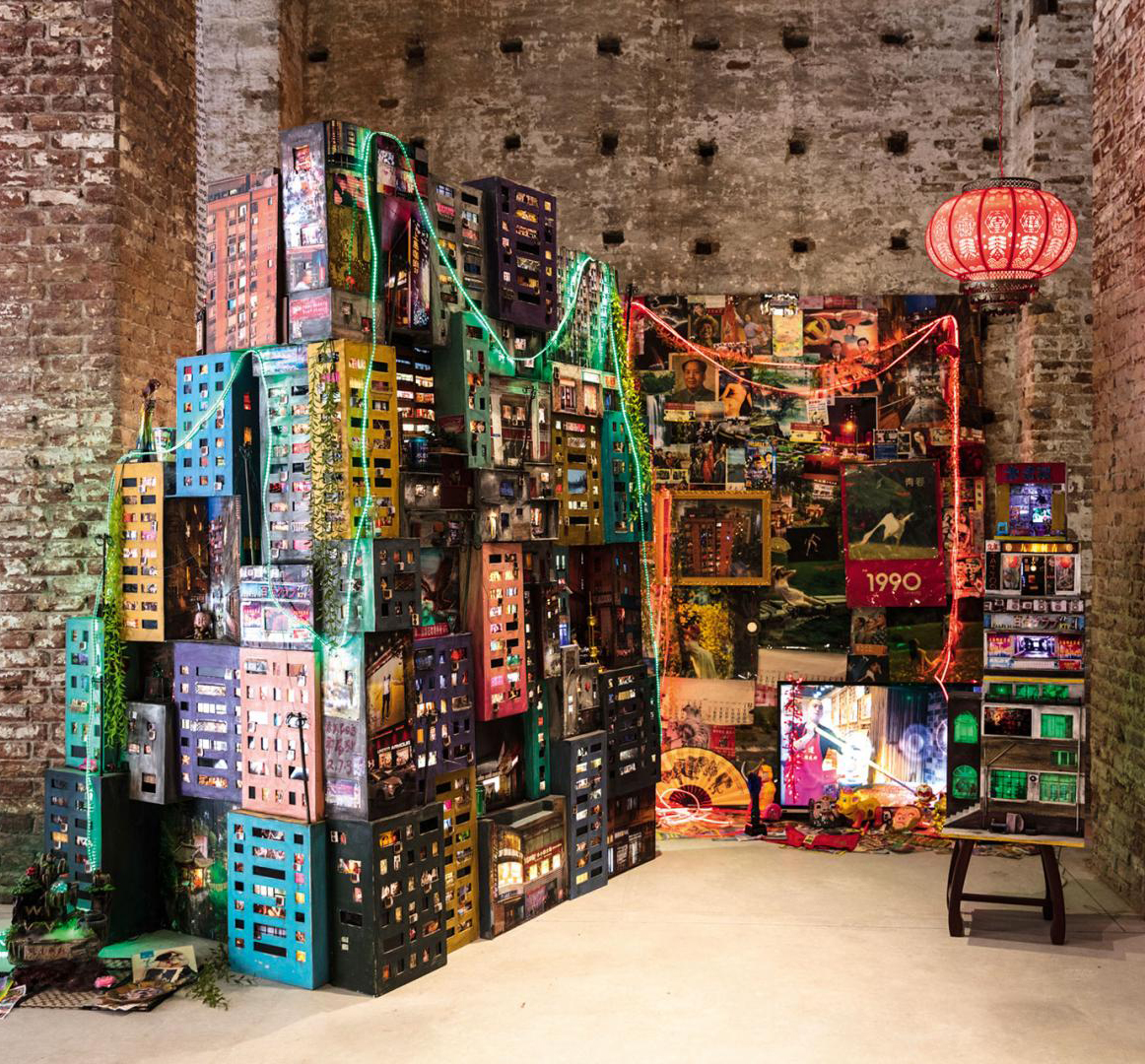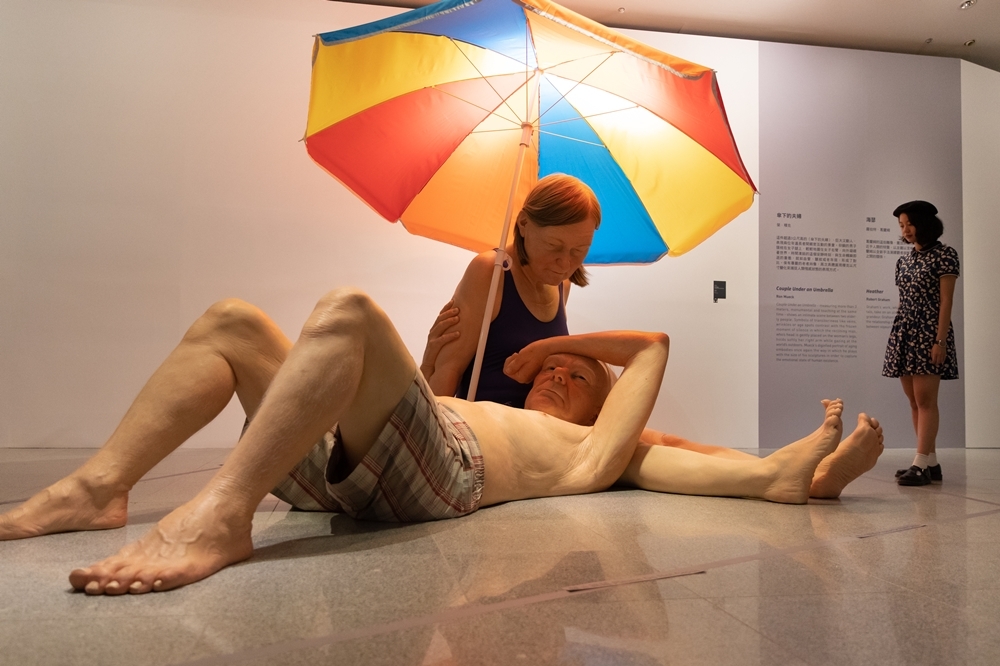
American artist Joel Morrison creates contemporary composite sculptures by transforming ordinary objects into shiny, new pieces of art. The artist encases shopping carts, balloons, anvils, clothing, bullets, and other items in stainless steel, giving them new life in their smooth and highly polished forms. His creations, which the artist describes as “a collage of scenarios”, exist somewhere between the realms of pop, surrealism and classicism, playing with different visual tropes of art history and engaging in conversation with a range of artists and genres within the Western art canon.


Morrison’s materials usually consist of discarded objects – casualties of excessive consumerism and waste – that the artist recovers from around his studio and neighborhood in Los Angeles. The found objects, likened to Marcel Duchamp’s readymades, undergo the laborious process of mold and lost wax casting – what the artist calls “the simplest and oldest method or replicating objects into metal.” The sculptures take reference from classical Greek sculpture to L.A.’s “Finish Fetish” movement of the 1960s and ’70s. Adding a special dynamic to these works, the mirrored surface of the steel reflects and distorts colors and shapes with each passing viewer.


The artist’s biography on Almine Rech Gallery reads: “Like an alchemist, Morrison deftly fuses and layers a palimpsest of references from music, pop culture, and art history. High and low culture, figuration and abstraction, the mechanical and handmade, are brought into union with irreverence and humor to create his own visual language.”



Morrison was born in Seattle and currently lives and works in Los Angeles. He earned his MFA in sculpture from the Claremont Graduate University in Claremont, CA. Morrison has exhibited his work in numerous venues, among them the Santa Monica Museum of Art, Hammer Museum, and Bass Museum of Art. His work is also part of public collections at the Los Angeles County Museum and Orange County Museum of Art.




 Tracey Snelling's installations are immersive blends of sculpture, video, and photography, her makeshift buildings containing surprises in their windows and corners. Her recent, massive construction at the 58th Venice Biennale reflects on her experiences living in China, in particular. Videos shown within offer peeks into her experiences with friends; structures are inspired by actual places she visited.
Tracey Snelling's installations are immersive blends of sculpture, video, and photography, her makeshift buildings containing surprises in their windows and corners. Her recent, massive construction at the 58th Venice Biennale reflects on her experiences living in China, in particular. Videos shown within offer peeks into her experiences with friends; structures are inspired by actual places she visited.
 Ron Mueck The exhibition “Reshaped Reality: 50 Years of Hyperrealistic Sculpture” has currently taken over at the National Chiang Kai-shek Memorial Hall in Taiwan, with the likes of Patricia Piccinini, Ron Mueck, and several others. The survey of hyperrealistic figurative work features both larger-than-life and distorted takes on the human form. The exhibition runs through Sept. 22 at the space.
Ron Mueck The exhibition “Reshaped Reality: 50 Years of Hyperrealistic Sculpture” has currently taken over at the National Chiang Kai-shek Memorial Hall in Taiwan, with the likes of Patricia Piccinini, Ron Mueck, and several others. The survey of hyperrealistic figurative work features both larger-than-life and distorted takes on the human form. The exhibition runs through Sept. 22 at the space. Massachusetts based sculptor Tom Friedman’s work is instantly recognizable for its surprising use of materials like styrofoam, foil, paper, clay, wire, plastic, hair, and fuzz. "I don’t think about the construction of meaning. I think about the creating a catalyst for thinking. Meaning is too concrete. I want the viewer to think in different ways. I want to propose an ongoing process of investigation with no conclusions," says Friedman. The artist's great emphasis on materials makes him an analog artist in a digital world, and people looking at his work often remark on it's "zen-like" quality.
Massachusetts based sculptor Tom Friedman’s work is instantly recognizable for its surprising use of materials like styrofoam, foil, paper, clay, wire, plastic, hair, and fuzz. "I don’t think about the construction of meaning. I think about the creating a catalyst for thinking. Meaning is too concrete. I want the viewer to think in different ways. I want to propose an ongoing process of investigation with no conclusions," says Friedman. The artist's great emphasis on materials makes him an analog artist in a digital world, and people looking at his work often remark on it's "zen-like" quality.